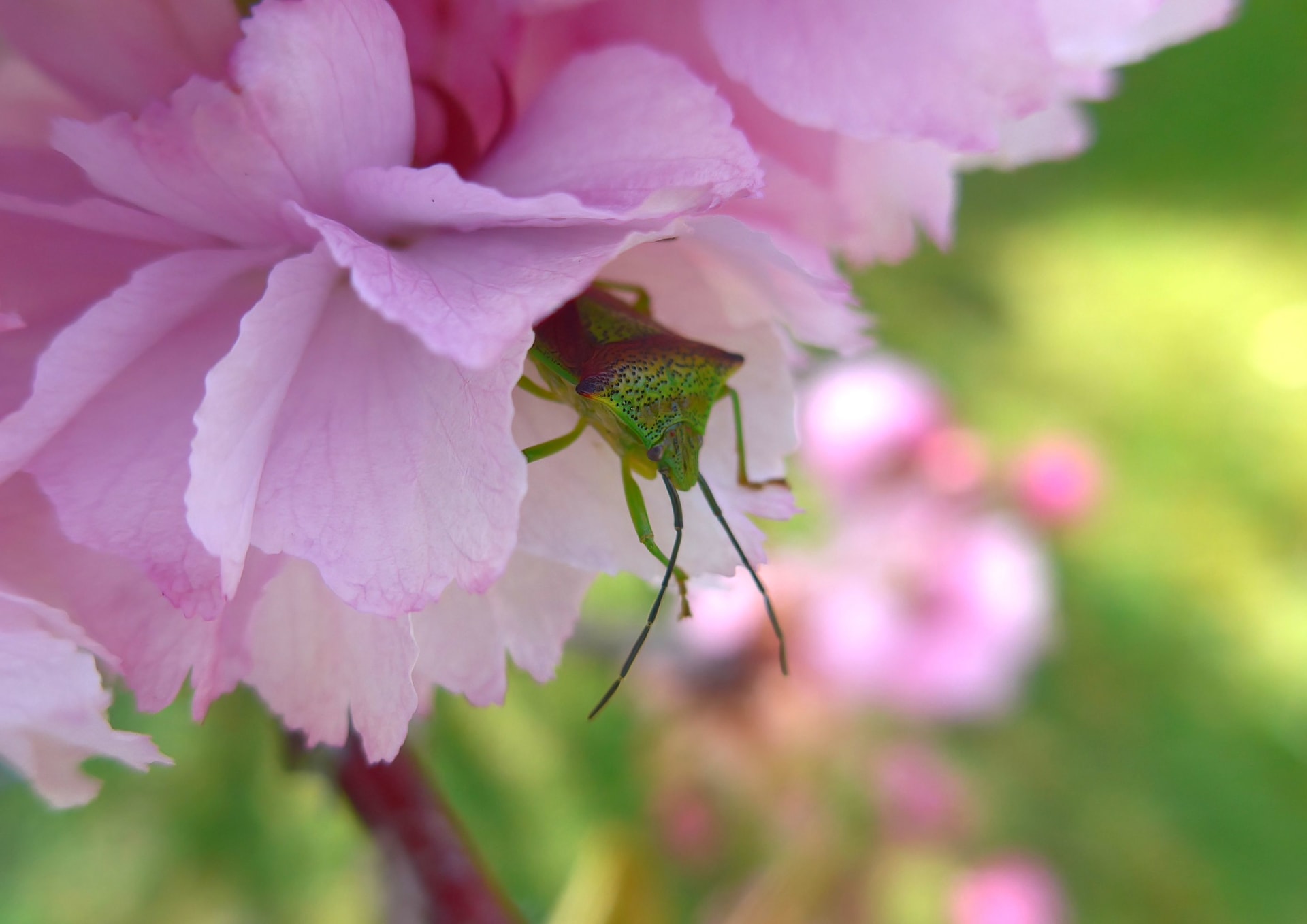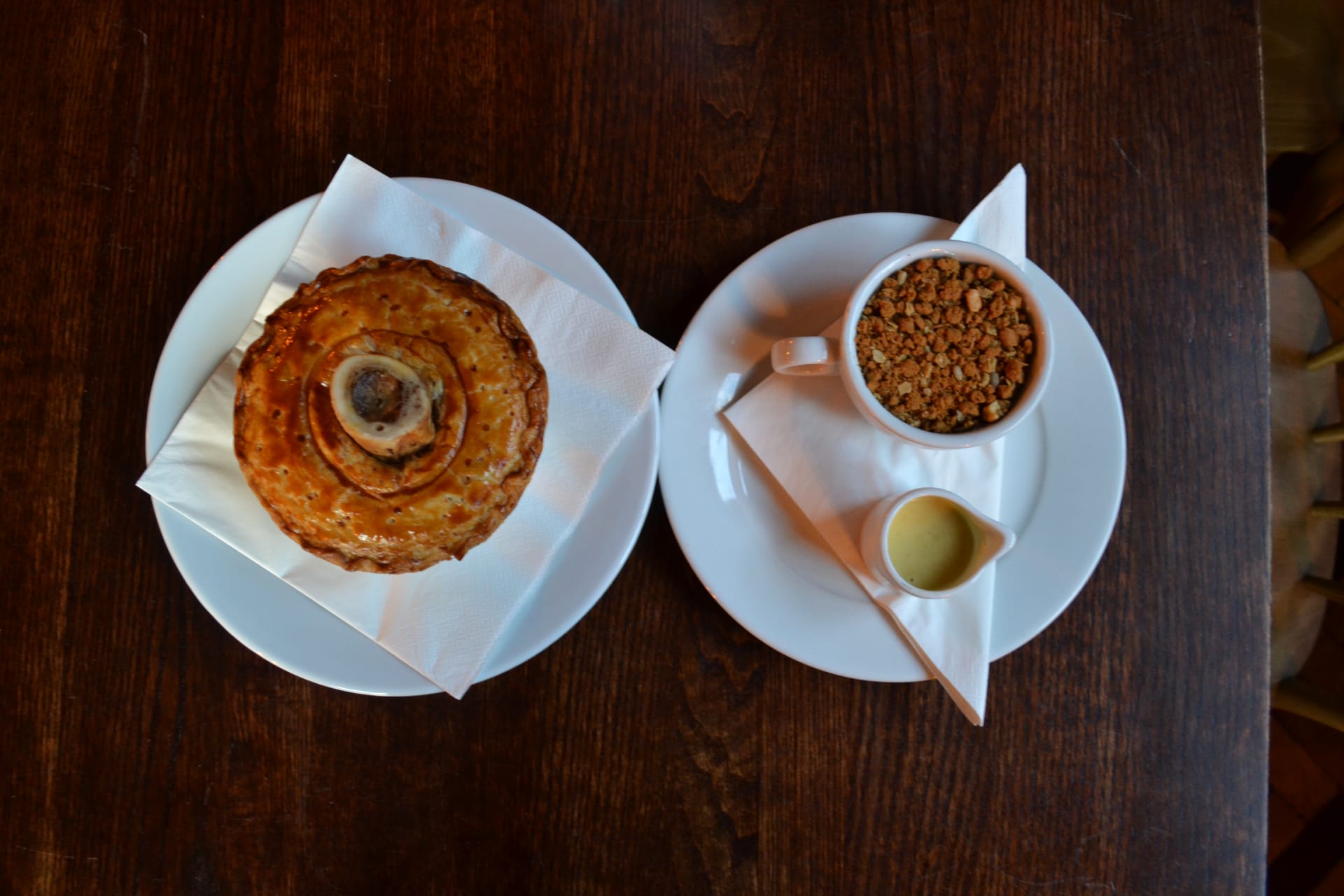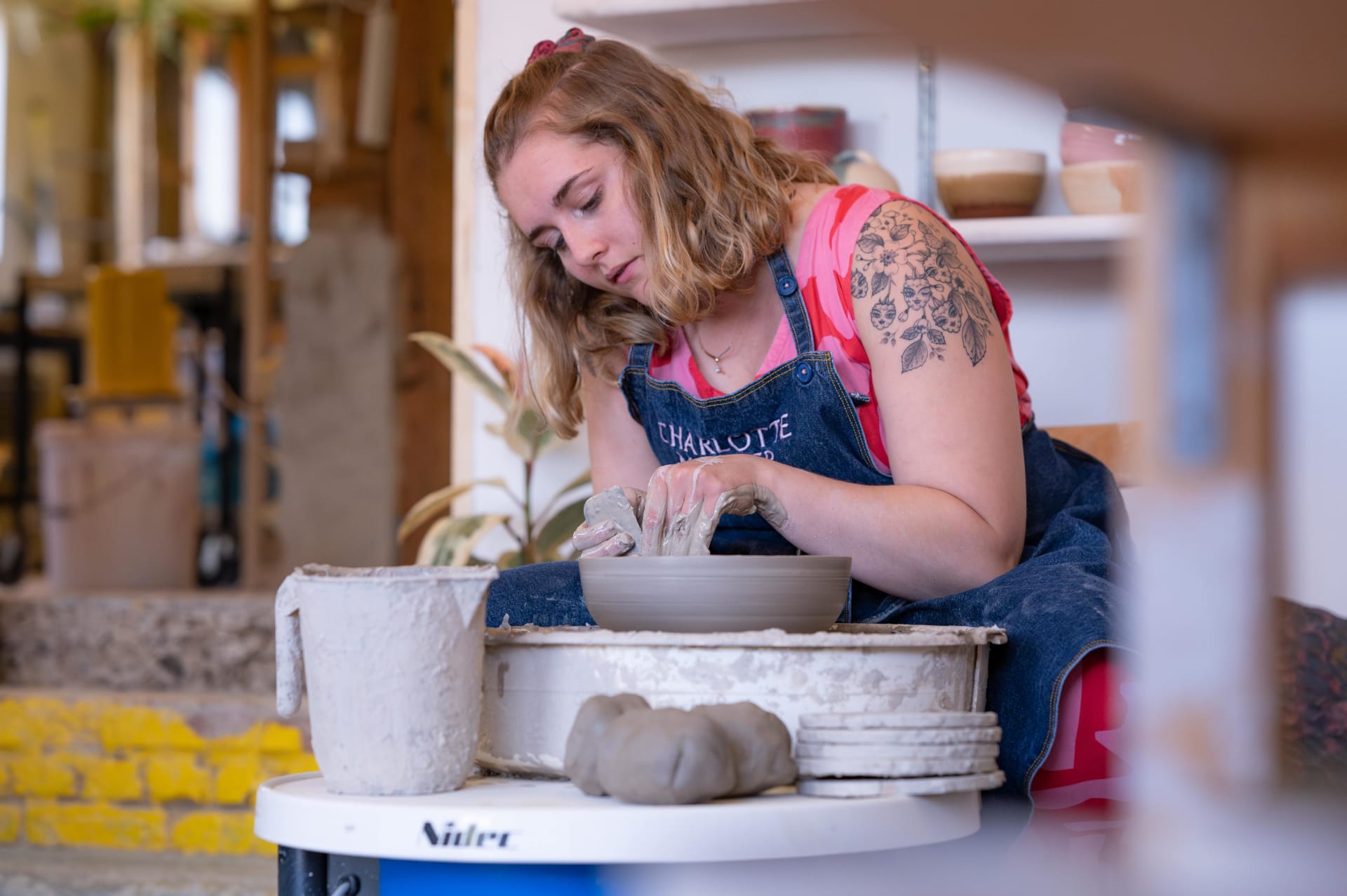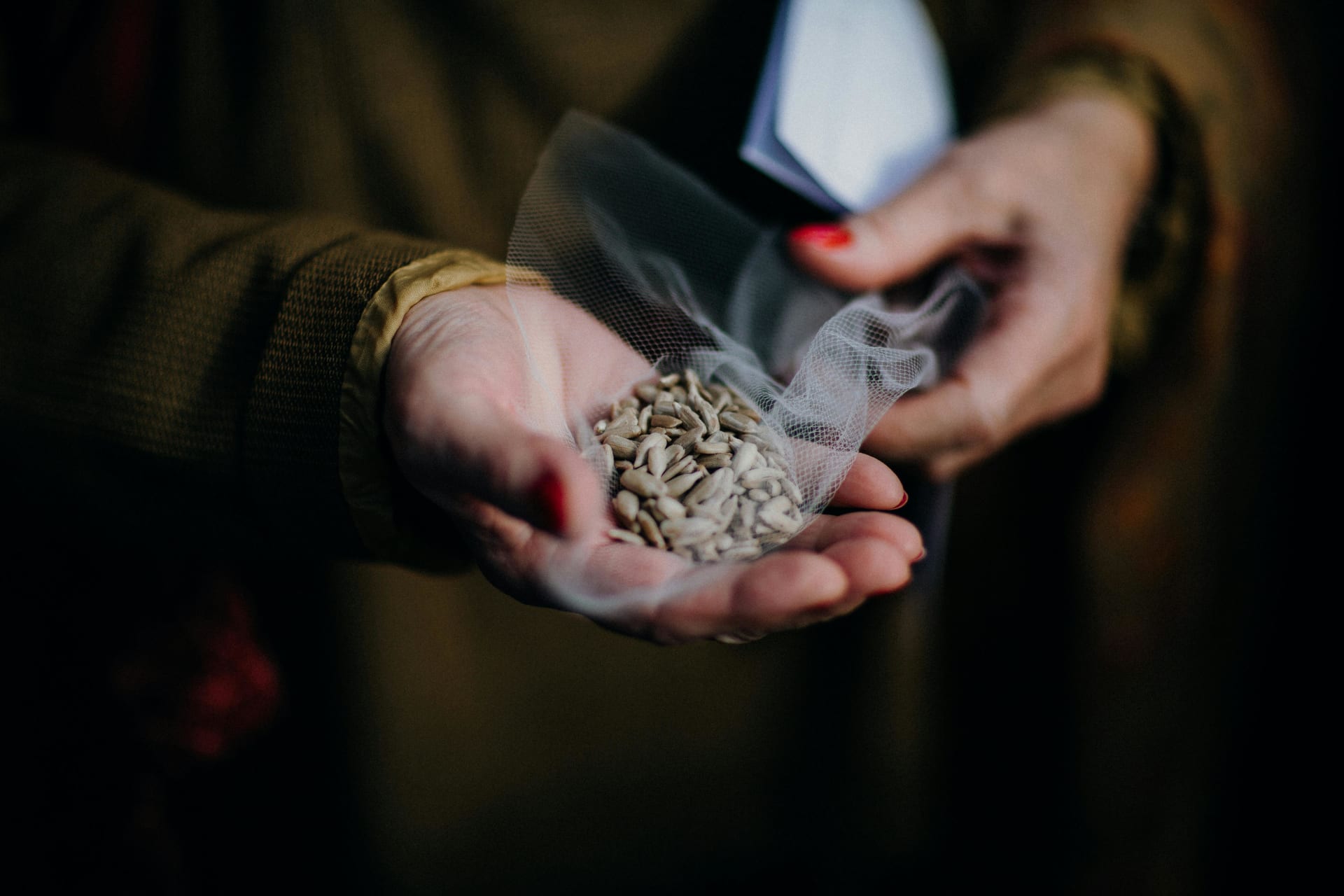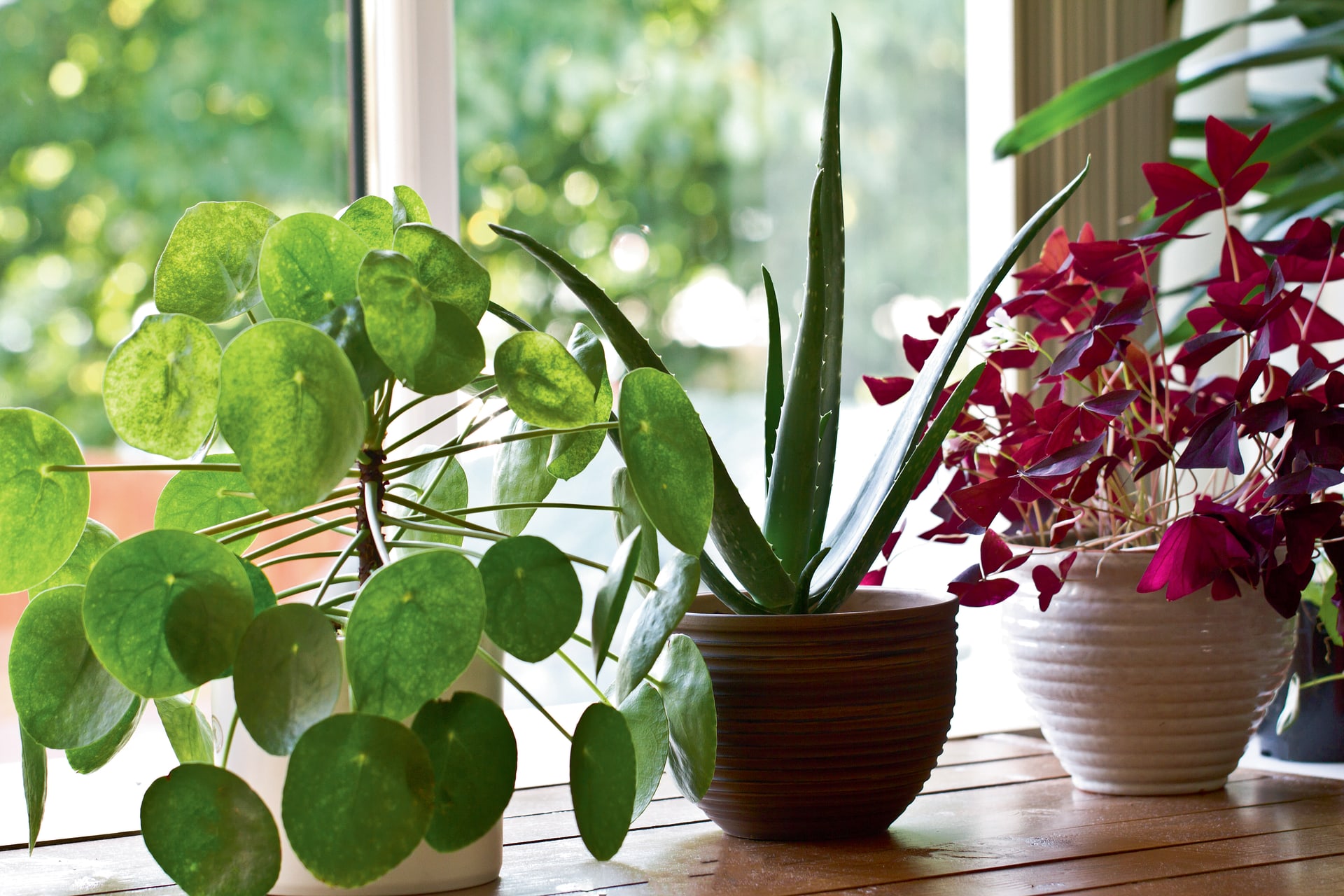Having worked for most of his horticultural career caring for heritage gardens, the new Head Gardener at Oxfordshire’s Blenheim Palace Andy Mills is looking forward to the next chapter of his career. Andy, previously employed as Head of Estates and Landscape at the 18th century Painshill Park in Cobham, started his new role with Blenheim Palace in August 2022.
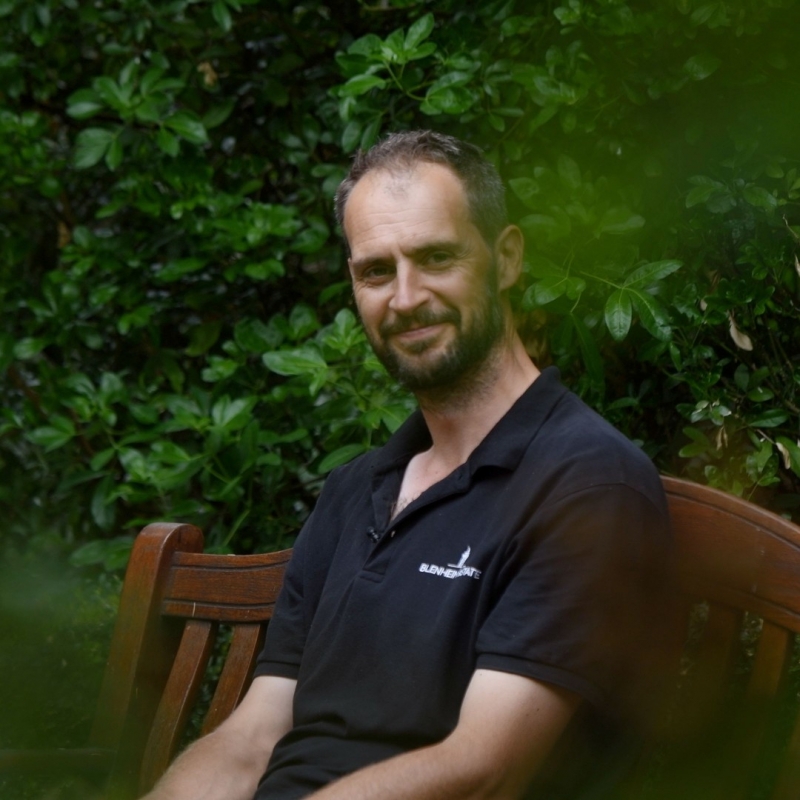 “I first visited Blenheim Palace whilst a student undertaking my horticultural apprenticeship working for the National Trust at Packwood House in Warwickshire. We were brought to Blenheim Palace and its Parkland to see one of Lancelot ‘Capability Brown’s’ finest English landscape gardens in the country. At the time I thought how wonderful it would be to work somewhere such as Blenheim Palace, never for a moment thinking that one day I would. Taking on the role of Head Gardener at such a prestigious UNESCO World Heritage Site brings with it a lot of responsibility. No matter how long I work here – together with the team of just sixteen gardeners – we are merely ‘custodians’ of the gardens. However, the gardening team all share the same passion for Blenheim Palace and its gardens.”
“I first visited Blenheim Palace whilst a student undertaking my horticultural apprenticeship working for the National Trust at Packwood House in Warwickshire. We were brought to Blenheim Palace and its Parkland to see one of Lancelot ‘Capability Brown’s’ finest English landscape gardens in the country. At the time I thought how wonderful it would be to work somewhere such as Blenheim Palace, never for a moment thinking that one day I would. Taking on the role of Head Gardener at such a prestigious UNESCO World Heritage Site brings with it a lot of responsibility. No matter how long I work here – together with the team of just sixteen gardeners – we are merely ‘custodians’ of the gardens. However, the gardening team all share the same passion for Blenheim Palace and its gardens.”
In just a few months, Andy has started putting his plans in place to execute his vision for the gardens. Whilst they have followed the traditions established during the time of the 11th Duke of Marlborough, John Spencer-Churchill, Andy recognises parts of the gardens are looking ‘tired’. Whilst some areas can be updated quite quickly, realisation of his plans for other areas will take longer. In some cases, Andy will not see the these reach their full potential due to the time it will take before the true beauty is realised. “My vision for the gardens surrounding the Palace is to have one eye to the past with the other to the future: it is important to ensure the gardens look truly breath-taking, but we also have to be more sustainable. Previously, vast areas of grass have been tightly mown which reduces the ability of the wildflowers to grow naturally. I plan to encourage the areas of long grass to grow by leaving them alone. Not only will this encourage a larger range of insects and wildlife to thrive but wild flowers will attract pollinators. We will also reduce our diesel costs and time spent mowing vast areas of grassland; time which can be deployed in other areas of the gardens. In addition, the use of herbicides and pesticides will be vastly reduced as these chemicals can have a devastating long-term effect on the lake and water sources both on and off the estate. I am expecting it to take up to five years before we see all the benefits of what we are starting to implement in 2023, and other benefits will take a lot longer to evolve.”
The early part of the year saw a radical change to the plants used in the Butterfly House, established in the early 1980s. Previously the former greenhouse contained tropical bananas and other jungle-effect plants, with hydrangeas planted along the sides of the thin planting beds running the full length of the structure. In order to keep the Butterfly House at a suitable high temperature for its inhabitants from warmer climates, hot water pipes run alongside the outer planting beds. These now have been largely replanted with succulents, orchids and Pelargoniums to name but a few. Trays with gravel topped up with water have been placed near the water pipes increasing the humidity as the temperatures rise. Rocks have been placed amongst the plants and all around you will see trays of fruit for the butterflies to feed on. The Butterfly House still has an exotic feel but with the inhabitants clearly visible enjoying all that the new planting scheme has to offer.
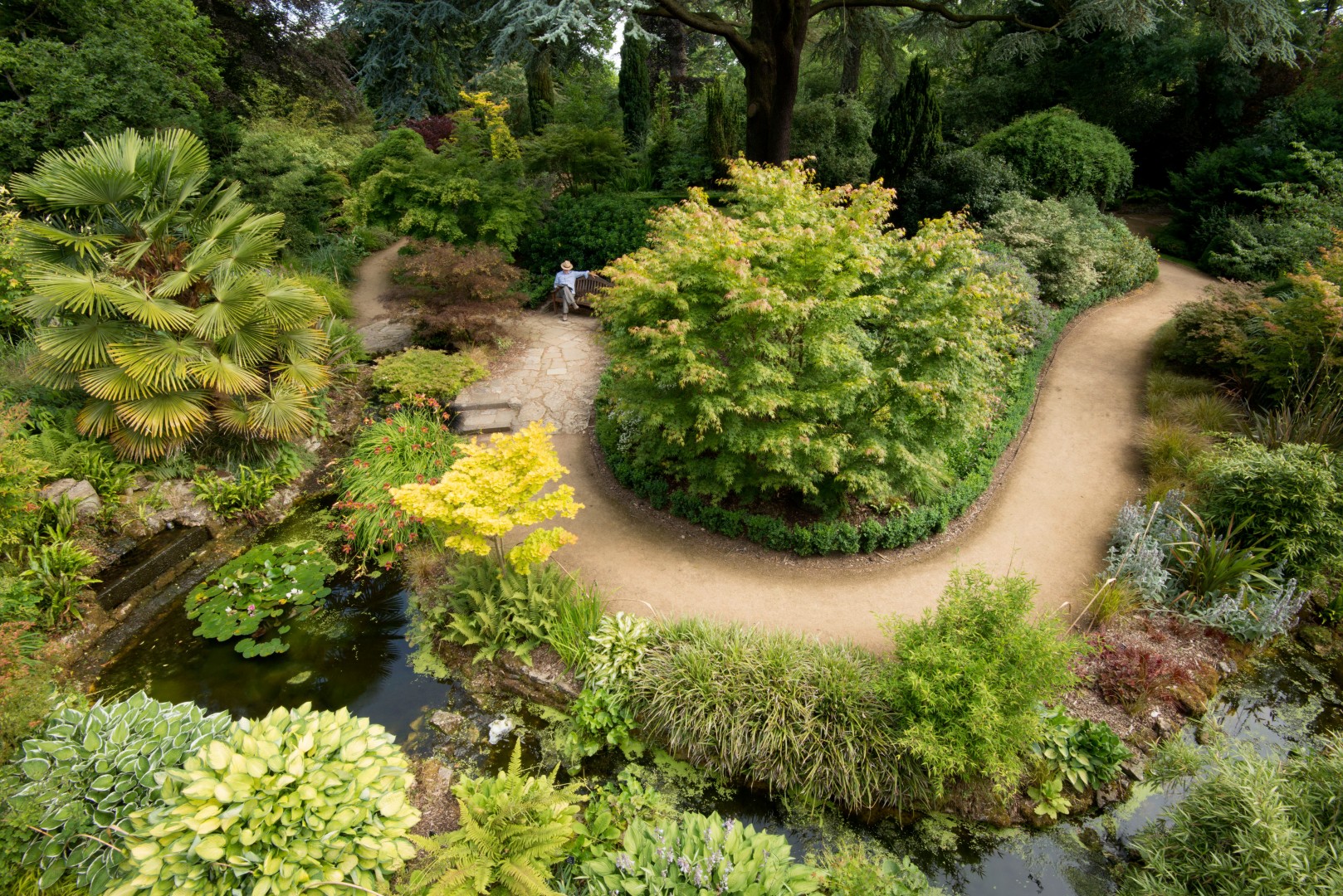 Outside, in what was previously known as the Lavender Garden the area is going to be returned to a potager growing a range of every day vegetables, all planted in neat orderly rows. In the raised bed which runs alongside the Butterfly House, the team are intending to plant a glorious array of Dahlias. This new bed will give each plant space to grow and provide visitors with the opportunity to enjoy the beautiful blooms from late summer into autumn.
Outside, in what was previously known as the Lavender Garden the area is going to be returned to a potager growing a range of every day vegetables, all planted in neat orderly rows. In the raised bed which runs alongside the Butterfly House, the team are intending to plant a glorious array of Dahlias. This new bed will give each plant space to grow and provide visitors with the opportunity to enjoy the beautiful blooms from late summer into autumn.
As temperatures continue to rise and summer rainfall diminishes due to global warming, the team have been busy excavating ponds which were filled in a while ago. One is the centre of the Rose Garden which would have worked to cool the area down, potentially prolonging the blooms. The team have also dug out another historic pond in the Walled Garden where produce was once grown for the family and their staff who worked and lived on the Estate. The aim is for these ponds to collect water which can in turn be used to water the produce and the roses during the drier months. For the first time, the beds in the Rose Garden – home to 1800 hybrid teas and climbing roses – have been top dressed with a thick layer of bark chippings (mulch) to prevent water loss, suppress weed growth and keep the soil at a more even temperature. By mulching the rose beds and keeping the plants fed and well-tended, the gardeners will improve their overall health, reducing the need for chemicals to keep blackspot and mildew at bay.
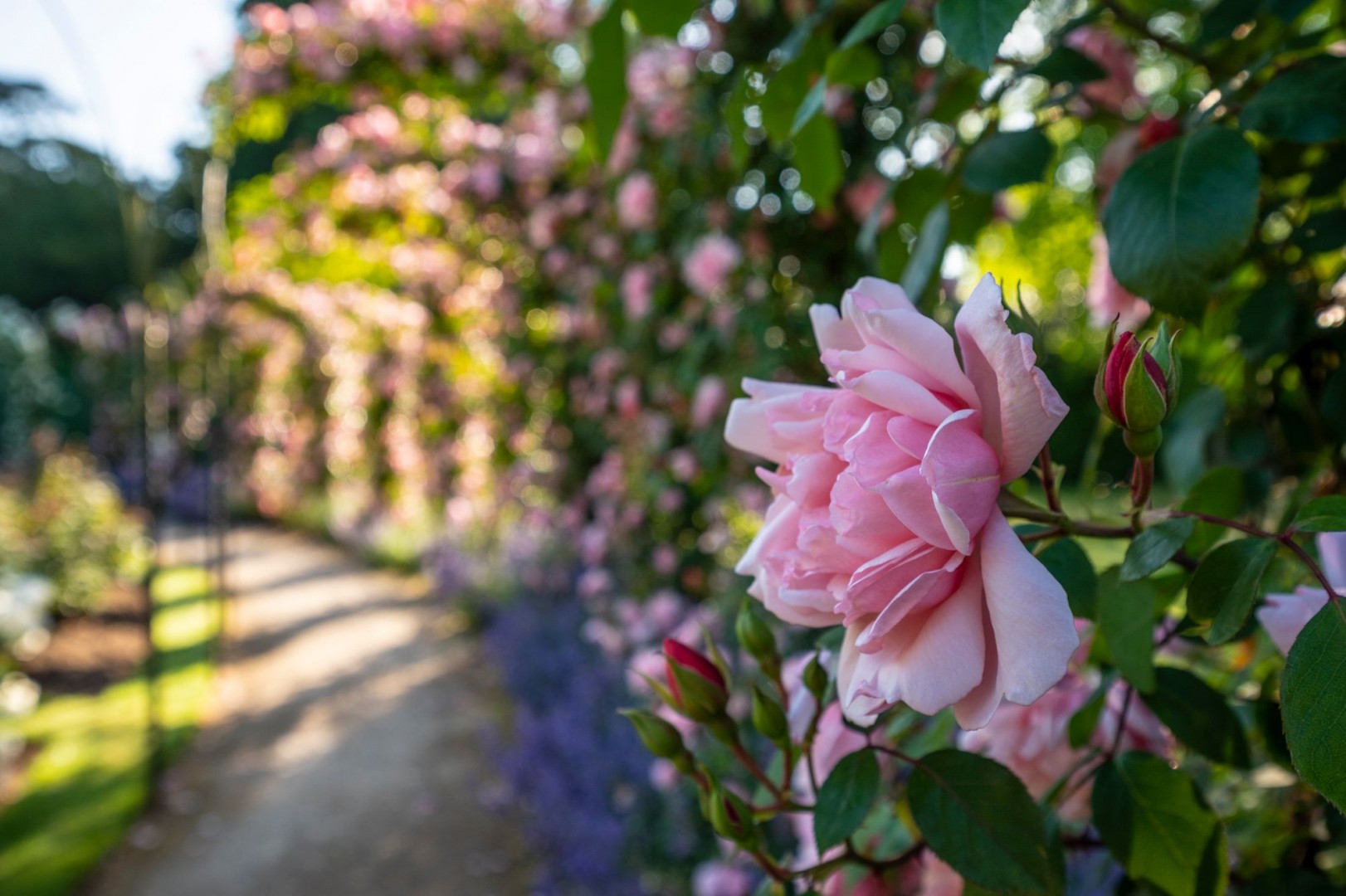 The 300-year old Kitchen Garden, an area closed to the public, will be upgraded and excess produce will be made available for the local community. The old walls around the Kitchen Garden are planted with a range of fruit trees carefully cordoned or espaliered against the brickwork. Other parts of the garden are planted as an orchard with eight different varieties of apples including Blenheim Orange.
The 300-year old Kitchen Garden, an area closed to the public, will be upgraded and excess produce will be made available for the local community. The old walls around the Kitchen Garden are planted with a range of fruit trees carefully cordoned or espaliered against the brickwork. Other parts of the garden are planted as an orchard with eight different varieties of apples including Blenheim Orange.
The Italian Garden and Water Terraces, created in the early 1920s by French architect Achille Duchéne, were commissioned by the ninth Duke of Marlborough. Duchéne was asked to replace the gloomy Victorian shrubberies on either side of the building with something grander. Whilst they are now a fundamental part of the gardens at Blenheim Palace, they, too, need to be renovated. The box hedges and topiary used in both have become too large, in places losing definition. Planting schemes in these gardens are being revisited, too, with the introduction of exotic palms and more flamboyant flowering plants to ensure that visitors are taken aback by the wonderful sight which befalls them.
“Together with the team,” says Andy, “we will make the gardens at Blenheim Palace even more noteworthy, creating an English ‘Versailles’ as was the first Duke of Marlborough’s intention and wish. It is going to take a lot of hard work, time and patience to see the plans come together but that is the joy of gardening. As each month and year unfolds, new sights will be revealed, and we will be maintaining a heritage garden which befits such a unique location.”
